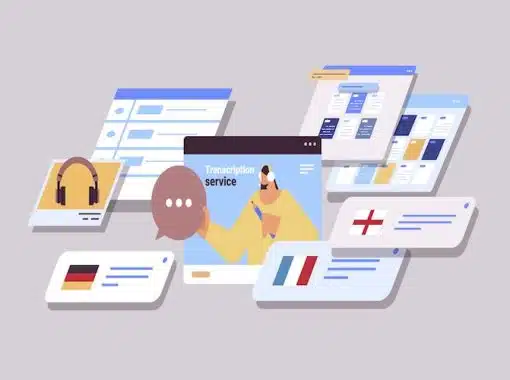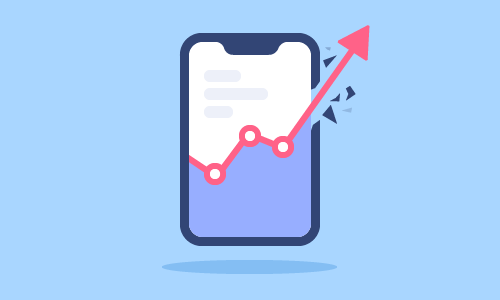
People form the core of any business. The data regarding how they feel—whether it’s employees or customers—is essential to growth. The problem is that it can be very difficult to figure out how people interact with your company feel, both about your organization and what you offer. This is where call transcription can play a prominent role in helping your business improve and grow. Whether you use call transcription to evaluate customer service experiences or gather data during conference calls, each transcription gives you a permanent record you can use to produce business-boosting insights. Here’s how to use it to take your business to the next level.
Table of Contents
1. Identify the Most Important Call Data for Your Business
While it may be tempting to install call transcription systems throughout your entire communications network and then just start gathering data, it’s far more effective to pinpoint the kind of communications you really should be transcribing. As a caveat, similar to SMS marketing, keep in mind that you need to get the permission of those involved in calls before you record and transcribe what they say. Once this requirement has been met, the data you can gather can be one of your most valuable assets.
Here are some types of calls many businesses benefit from transcribing:
- Conference calls and meetings. It can be nearly impossible to remember everything that is said during a conference call or meeting—and most people really don’t want to play the role of scribe. But by using call transcription, you can automatically collect data regarding what people say, when, and how they feel about important business issues.
- Customer service calls. By transcribing customer service and sales team calls, you get a glimpse into how your reps are handling issues and the impact they have on the customers they’re working with. It’s best to review customer call data with your employees side-by-side and only focus on how they can use it to improve performance, perhaps leaving it out of their employee reviews altogether. It may be helpful to use vanity 800 numbers for your business because they can attract more calls from customers, resulting in a bounty of helpful data.
2. Transcribe with a Purpose
While transcribing phone calls, it’s a good idea to do so with a specific objective in mind, as opposed to merely gathering data and hoping to discover insights later on. For instance, when considering how and when to transcribe calls, you can ask questions like:
- What business problem am I trying to solve by transcribing these calls?
- Is there a way I can quantify the success of my call transcription program? Can I measure its effect on supporting internal operations or my marketing campaigns?
- How can I evaluate whether or not my called transcription efforts are meeting core objectives?
For example, if a customer service representative has been struggling recently, you can sit down with them and offer a call transcription as a training tool. However, even if they accept, this is merely the first step. You should also decide, as a two-person team, how the two of you will define success during their calls, as well as the kinds of phrases you’re looking for in the transcriptions.
3. Set Up a Way to Evaluate Your Call Transcription System
As mentioned above, it’s important to periodically evaluate the success of your call transcription system simply because, like other endeavors, you need to use data to justify its existence. Your evaluation processes can involve high-level objectives, more specific goals, or a combination of both.
For example, here are some metrics you could use to evaluate how successful your call transcription efforts are:
- The percentage of people rating their phone-based interactions at four out of five stars or higher. By using call tracking, you can make sure each rating comes from a single person.
- The number of people offering their ideas during meetings or conference calls once they know they’re being recorded
- The frequency with which employees go back to managers to ask them questions about what happened at a recent recorded and transcribed meeting
By identifying the most important call data for your business, transcribing with a purpose, and setting up an evaluation system, you can use call transcription to its fullest potential. It’s good to keep in mind that some employees may feel uncomfortable having what they say transcribed. So before initiating a system, make sure everyone is on board and understands its many benefits.





